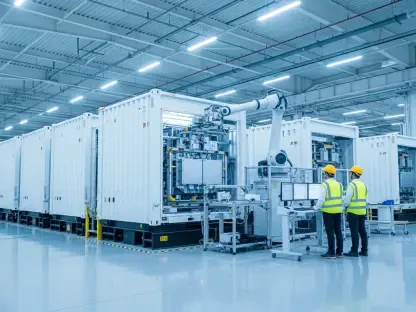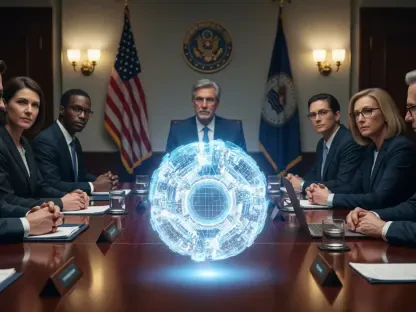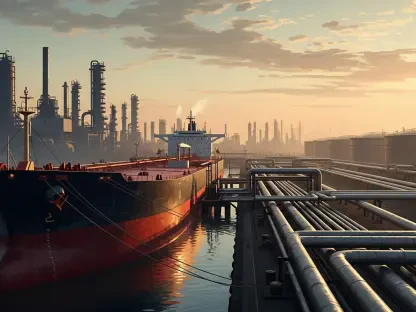As the United States grapples with increasing energy demands and the pursuit of sustainable solutions, President Donald Trump has initiated a controversial push to revitalize the nation’s nuclear energy sector. This bold move comes amid rising safety concerns, challenging the delicate balance between technological innovation and rigorous safety standards. The nuclear landscape, once stifled by lengthy regulatory hurdles, now faces a rapid transformation that may redefine the country’s energy future.
A Strategic Move Amid Energy Dilemmas
The significance of Trump’s initiative lies in its potential to address pressing energy issues. With the U.S. facing record-high energy consumption, the need for reliable and cleaner energy sources has become crucial. Yet, the drive to scale up nuclear production quickly brings inherent risks. Trump’s executive orders aim to reduce reactor licensing timelines from over a decade to just 18 months, streamlining regulatory procedures. This accelerated pace, if successful, could invigorate nuclear energy as a viable alternative to fossil fuels, aligning with broader environmental goals.
Historical Context and Contemporary Challenges
Nuclear power in the U.S. has endured a turbulent history. Public skepticism, fueled by past disasters such as Chernobyl and Three Mile Island, has led to stringent safety regulations that hinder rapid advancement. The renewed focus on nuclear energy under Trump’s administration seeks to adapt these measures without compromising safety. The urgency to revamp the nuclear sector is also driven by international climate commitments, positioning nuclear energy as a crucial component in reducing carbon emissions.
Executive Orders: Catalysts or Cautions?
The introduction of executive orders intent on transforming nuclear energy policy sparks debate. Trump’s directives prioritize the development of small modular reactors (SMRs), heralding a new technological frontier. Proponents argue that SMRs offer flexibility and cost-effectiveness, essential for modern energy infrastructure. Projects such as NuScale and Vogtle serve as emblematic case studies, showcasing the potential gains and pitfalls. However, critics caution that expedited deployment could undermine safety checks, potentially repeating historical mistakes.
Diverging Views on Nuclear Expansion
The nuclear debate is marked by strong opinions from various stakeholders. Industry champions like Constellation Energy’s Joseph Dominguez laud the regulatory overhaul as a necessary move for nuclear normalization. Contrarily, voices like former U.S. Energy Secretary Ernest Moniz emphasize potential hazards of rapid policy shifts. Reflecting diverse concerns, stakeholders affected by nuclear projects express apprehension over local environmental and health impacts, underscoring the complexity of finding a middle ground.
Ensuring Safety in a Changing Landscape
Amid the nuclear resurgence, safeguarding public interest remains paramount. The integration of advanced safety protocols and regulatory reforms is crucial to prevent compromising standards. Initiatives involving the Department of Defense, particularly in deploying reactors on military installations, highlight the need for robust oversight. Such measures encompass not just technological innovation but also comprehensive strategies that mitigate risks without stifling progress.
The renewed focus on expanding nuclear energy marks an ambitious juncture for U.S. policy. It highlights the necessity of advancing with caution, balancing safety with growth, which is critical in the ever-evolving energy landscape. Navigating these challenges requires careful consideration and collaborative effort, ensuring that innovation does not outweigh public safety. In this quest for a sustainable future, the legacy of nuclear energy depends on lessons learned and strategic foresight, reflecting a commitment to safeguarding the future.









